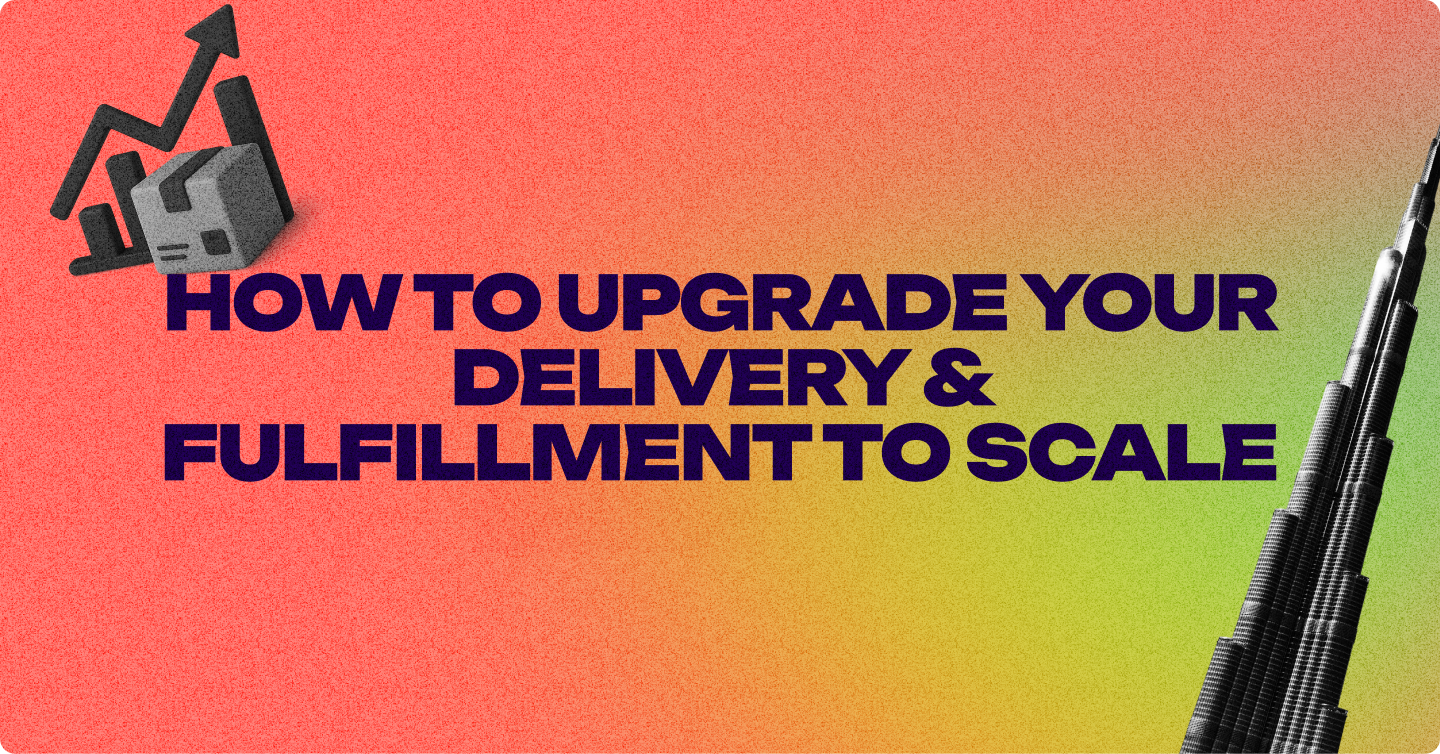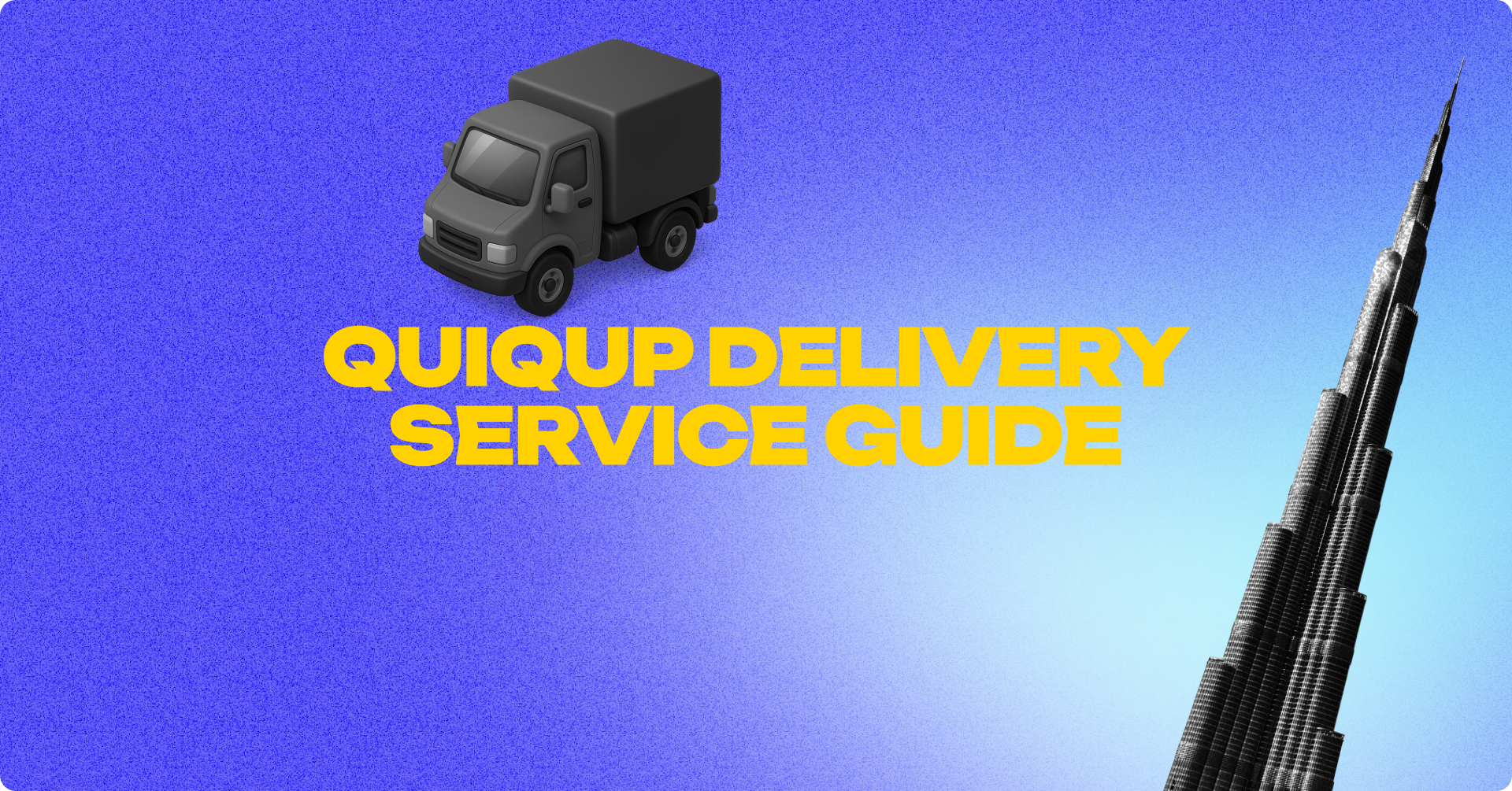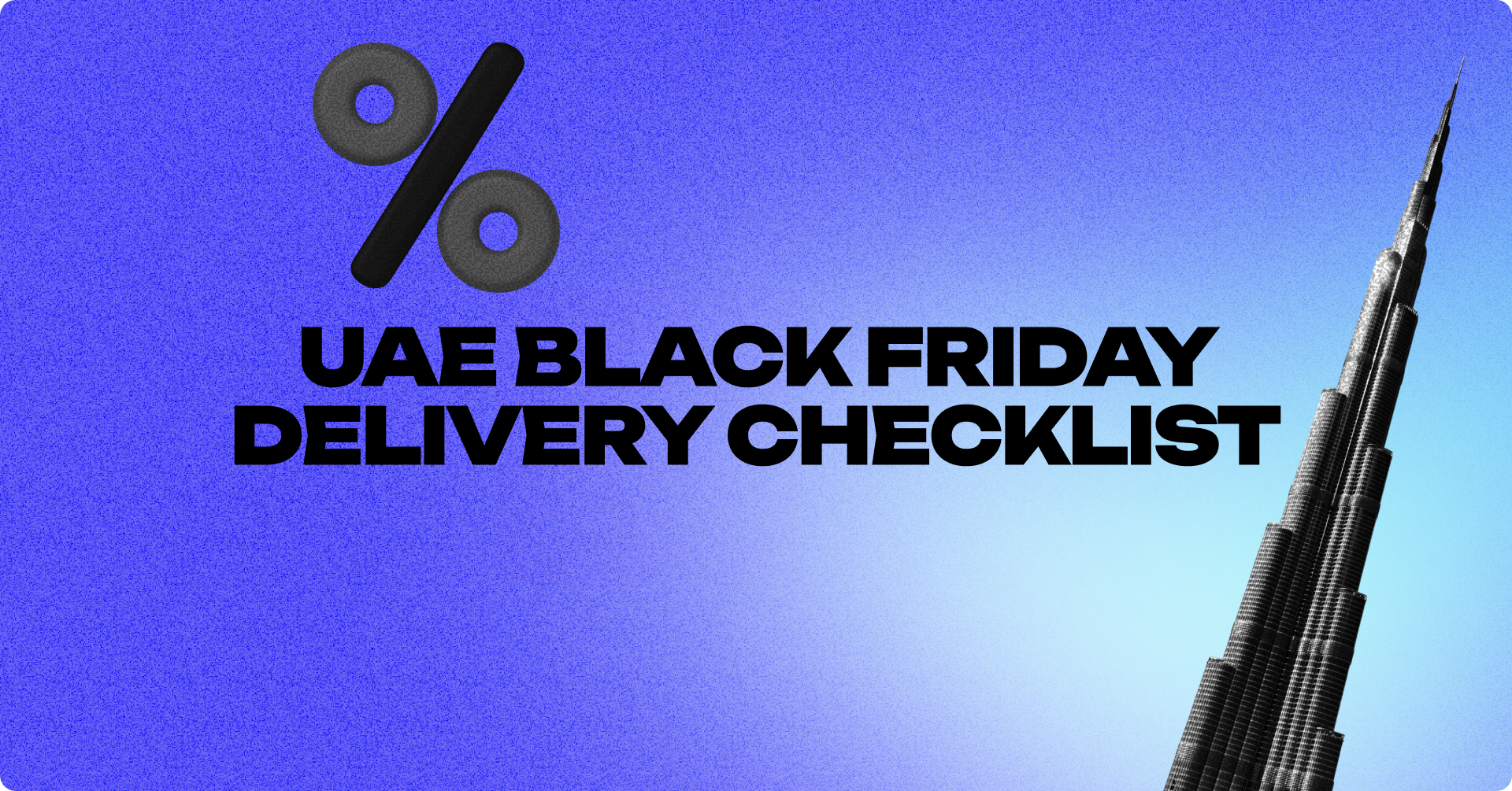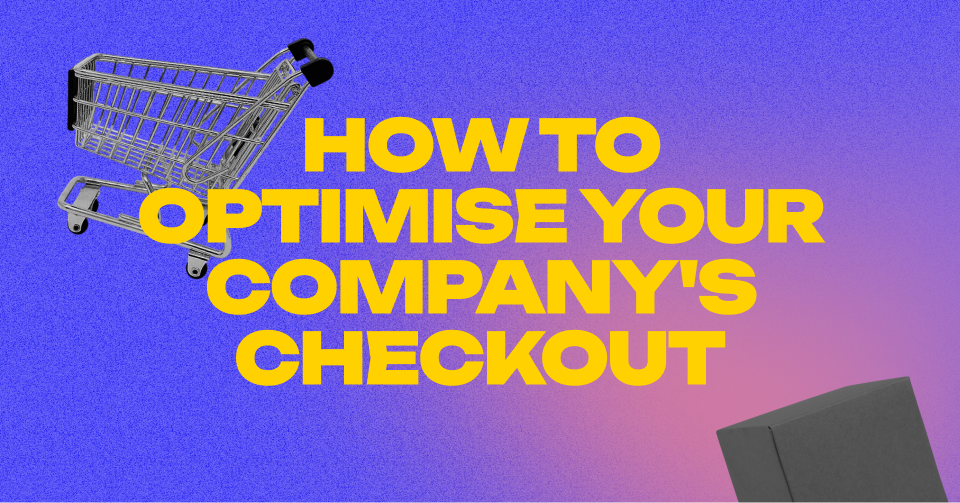Ecommerce returns UAE: 2025 costs, decree 15 & tech guide

If last-mile delivery is the glamorous front of online retail, ecommerce returns UAE are the gritty back-office reality. Reverse logistics now defines profitability as much as speedy fulfilment. Customers click buy knowing return is just as easy, and merchants that nail the journey from doorstep back to stock earn both loyalty and margin. This playbook walks operations managers and DTC founders through the market numbers, legal frameworks, and workflows shaping returns in 2025 and beyond.
1. Market snapshot
1. High overall return rate: Retailers worldwide see returns averaging 16.9 percent of orders, driven by convenience and generous policies.
2. Apparel rebounds worst: Fashion tops the charts, with clothing return rates around 26 percent, due to fit issues and style changes.
3. Free-shipping imperative: Half of UAE online shoppers cite free delivery as a primary motivator - returns flexibility ranks alongside speed and price.
4. Growing volumes: As order counts climb, each return - pick-up, qulity check, restock, potential refurbishment or disposal - adds operational drag, making every dirham of cost a battleground.
2. Regulations & compliance
1. Consumer-protection framework: UAE Federal Decree-Law No. 15/2020 on Consumer Protection and its 2023 amendments mandate clear returns policies; unfair contract terms are prohibited and penalties apply for non-compliance.
2. Return window: Federal guidelines extend a seven-day period for e-commerce purchases, aligning online rights with brick-and-mortar standards.
3. Cross-border returns: Shipments under AED 1000 have simplified processes; dutiable goods must be re-declared before customer refunds, adding paperwork and time. Read more how to reduce you international shipment costs.
4. Hazardous-goods protocols: Returns of lithium-battery electronics or flammable aerosols require dangerous-goods handling—proper labels, courier training and spill-kit equipment—to maintain insurance cover and safety compliance.
3. Delivery service
Pickup vs. drop-off
1. Home pickup is the premium offer: customers love the convenience, and same-day slots in Dubai now often book within hours.
2. Locker/PUDO networks cut courier cost by up to 17 percent but shift effort to shoppers, best for non-urgent or lower-value returns.
Consolidation hubs
City-edge depots receive bulk return bags, triage items under CCTV, and re-pack saleable goods for immediate restock often within six hours. Damaged or incomplete units funnel to refurbishment or disposal streams.
Refund-trigger models
1. Scan-and-refund: Credit releases when the return label is scanned on pickup.
2. Dock-and-refund: Funds upon receipt at the hub.
3. Inspect-and-refund: Payment after quality control approval.
Fast-fashion players favour scan-and-refund to market instant credit, balancing speed against a measured fraud risk.
4. Cost model
Returns bundle multiple cost drivers:
1. Pickup fees: Courier fuel, labour and any tolls.
2. Inspection: Manual QC or automated vision systems.
3. Restocking: Re-bagging, relabelling and RFID scans.
4. Refurbishment: Garment steaming or electronics re-flash.
5. Waste disposal: Fees for unsaleable items.
These steps typically push a single return’s handling cost into the tens of dirhams.
5. Tech stack checklist
1. Returns-management platform: Generates RMA numbers, captures photo evidence, auto-books courier slots and tracks status end-to-end.
2. Automated inspection: Vision-system gantries identify stains, missing parts or cracks in seconds, cutting manual QC labour by nearly one-third.
3. Courier APIs: Real-time capacity feeds let operations route each pickup to the nearest driver, reducing empty miles and toll costs.
4. Refund orchestration engine: Integrates with payment gateways to release funds instantly upon chosen trigger, boosting NPS by up to eight points.
5. Analytics dashboard: Visualises return reasons, resale velocity and cost per return - arming category managers to address root-cause issues and lower volumes.
6. FAQs
1. What if a return arrives after seven days?
Merchants may refuse refunds for late returns but often offer store credit to maintain goodwill and avoid negative reviews.
2. How are COD refunds executed?
Most retailers process COD refunds via digital wallets within 48 hours of QC; bank reversals can take up to seven days.
3. Is same-day return pickup realistic across the UAE?
Yes in Dubai and Abu Dhabi urban cores; other emirates typically receive next-day service. Advanced zoning algorithms help guarantee capacity.
4. How can returns be more sustainable?
Consolidated pickup routes, recyclable mailers and recommerce programs channel goods away from landfills and reduce carbon impact.
5. Which KPIs are critical?
Track refund cycle time, cost per return, resale rate and preventable-return ratio. Optimise these metrics, and NPS plus margin health will follow.
Conclusion
Returns can not be ignored for seamless customer experience. Returns in the UAE demands tight integration of compliance, hubs, and tech to tame an average return rate near 17 percent and an apparel rate near 26 percent. Start delivering with Quiqup to hit these service levels.
.png)

.png)















